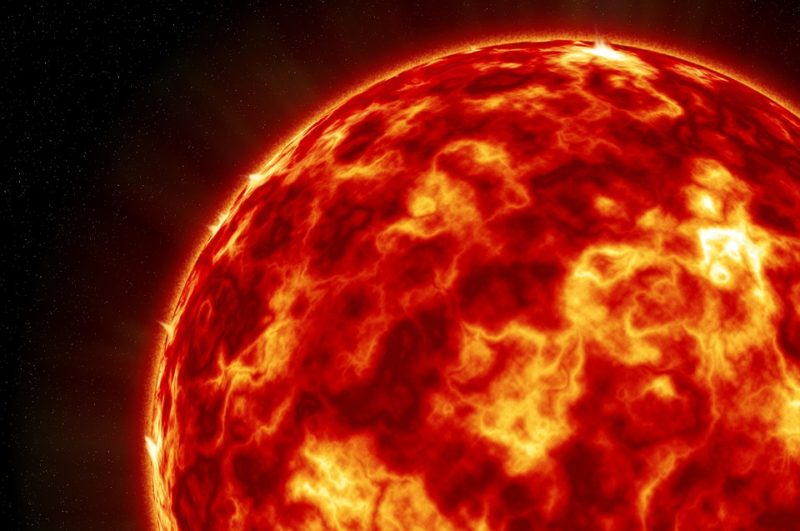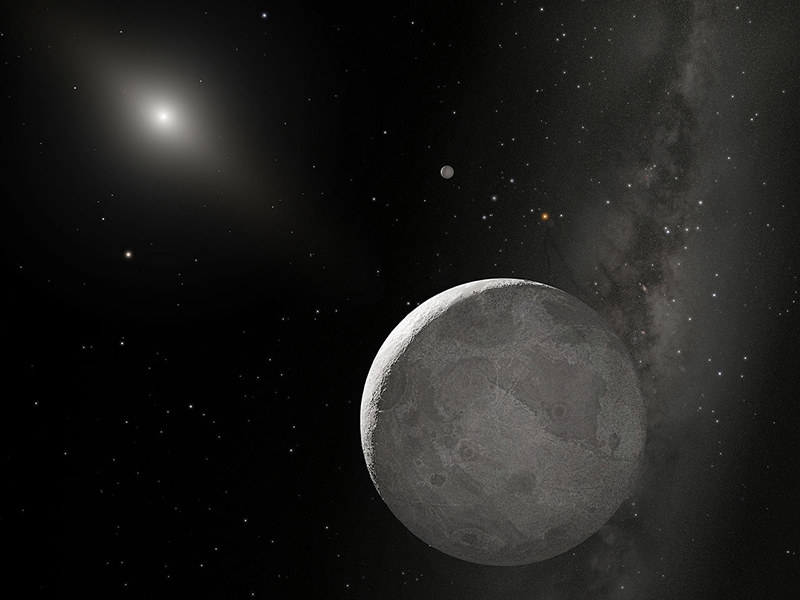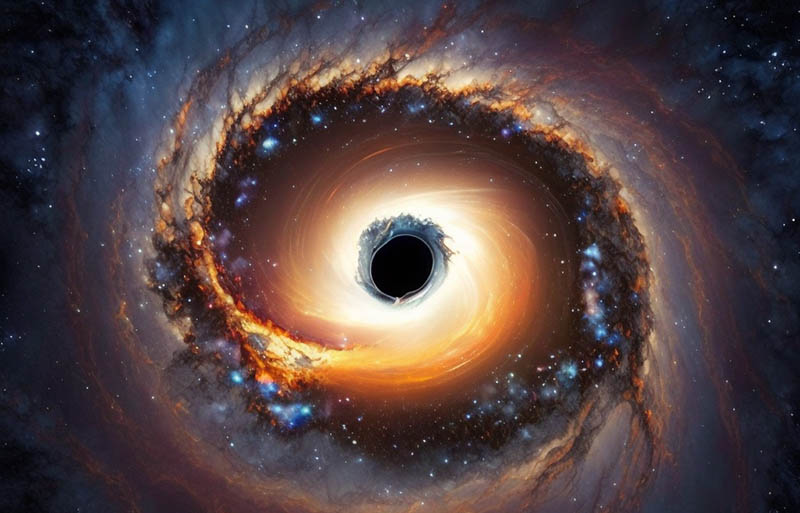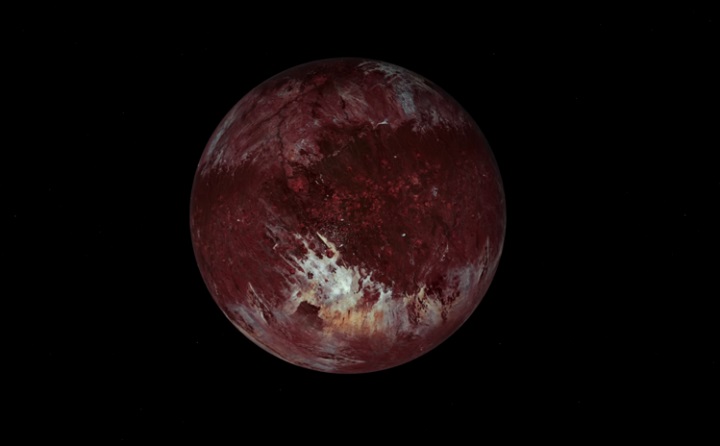Mars is a new frontier for humanity. We’ve visited the Moon, and the next destination is the red planet. Who knows, perhaps the first human Martians will be born there in this century? Modern technologies make the exploration of Mars possible.
Top facts about Mars
- “Opportunity” rover had been exploring Mars the longest. Designed for 3 months of service, it worked for 15 years, and fell silent only in 2018, when it was covered by a powerful dust storm.
- The last information transmitted by “Opportunity” was that the batteries were running low and it was getting dark. After this message, it went silent forever.
- There’s a lot of water on the red planet. It’s present both in snow caps at the poles (which consist of water and dry ice, i.e. frozen carbon dioxide) and in the near-surface layer of soil.
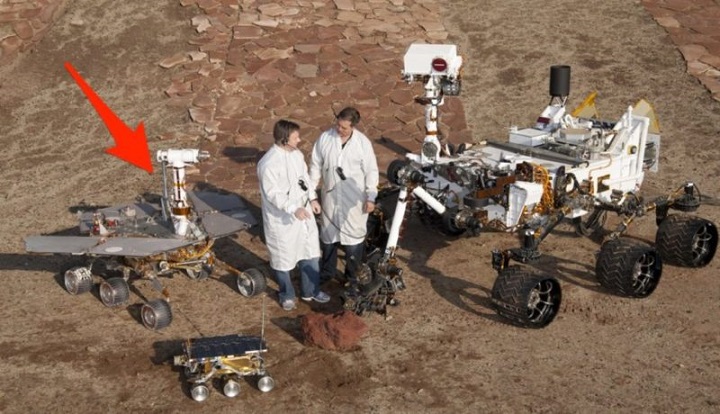
- Dust storms on Mars can rage for months, covering vast areas and significantly changing the visual appearance of the planet.
- The pressure on the Martian surface is about 160 times lower than on Earth. The highest mountain in the Solar System, mount Olympus, is located here. It rises 85.000 feet (26 km) from the foot to the top, and the atmospheric pressure at its top is only 2% of the pressure at the conditional Martian “sea level”.
- A Martian day is only 37 minutes longer than an earth day, but a year is about twice as long.
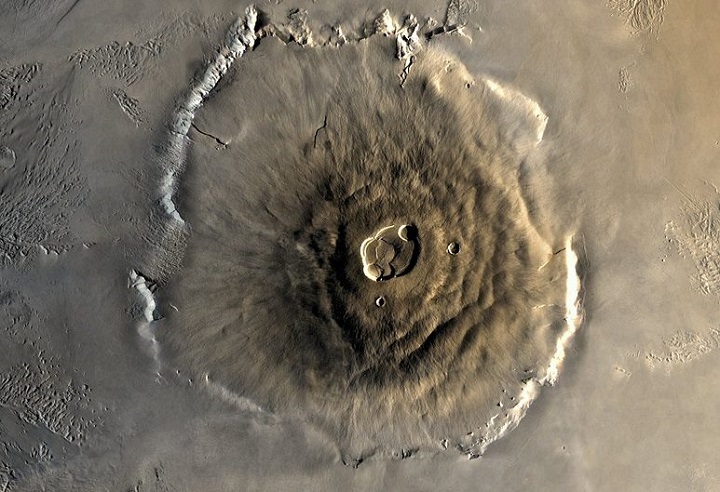
- Mars is the most explored of all the planets in the Solar System, except our own one. Although we still know only a little about it.
- It weighs almost 10 times less than the Earth, its mass reaches 10.7% of the Earth’s.
- It is cold almost everywhere and almost always here on Mars. But in summer, in Equatorial regions, the temperature of the atmosphere near the surface sometimes rises above 32 °F (0 °C).
- The red planet’s gravity is about 40% of Earth’s. Jumping a few meters high would be real here.
- The existence of water in liquid form is excluded on about 70% of the Martian surface since it would instantly evaporate due to low pressure.
- Mars once had a magnetic field and a thick atmosphere. But after its core cooled, the atmosphere almost evaporated. There is a theory that the core stopped rotating after the planet collided with another celestial body. The Dynamo effect disappeared, and the magnetic field as well. Martian magnetic field still exists, but it is 500 times less powerful than Earth’s.
- Mars can be seen from Earth with the naked eye. Of all the objects in the sky, it is second in brightness only to the Sun, Moon, Venus, the International Space Station, and Jupiter.
- The area of the Martian surface is approximately equal to the area of the entire landmass of Earth.
- Valles Marineris on Mars is the largest canyon in our system. It was named after the Mariner series of spacecraft.
- There are clouds in the atmosphere of the red planet. But infrequently, and usually at a significant altitude, up to 30-35 miles (50-60 km).
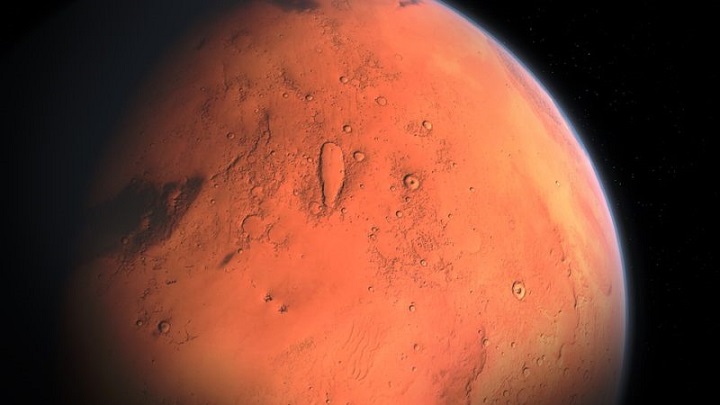
- The records of positive and negative temperatures on Mars are 95 °F (35 °C) and -243 °F (-153 °C), respectively.
- There are seasons here, but since the planet’s orbit is strongly tilted, they differ significantly depending on the hemisphere. In the Northern hemisphere of Mars, summers are long and cool, and in the southern hemisphere, they are short but warm.
- The science that studies the red planet is called areology.
- Many volcanoes have been discovered on Mars, but all of them have been extinct since time immemorial. At the same time, tectonic and volcanic activity in its interior is still continuing — this fact can be considered proven already.
- Most of the Martian atmosphere (about 95%) consists of carbon dioxide. There is a little oxygen in it also, but only about 0.145%.
- The thin atmosphere does little to protect Mars from harsh solar radiation. On its surface, a person for 3-3.5 days will receive the same dose of radiation that on Earth receives for a year.
- The Hellas Planitia plains on Mars lie 4.3 miles (7 km) below the average surface level. Therefore, the atmospheric pressure there is twice as high as normal Martian, and sometimes there is even fog. Apparently, the Hellas Planitia is an ancient impact crater from a collision with giant asteroid billions of years ago.
- In winter, the Martian atmosphere becomes even less dense, and the pressure drops, as carbon dioxide partially freezes and falls on the polar caps in the form of precipitation. Then it melts and evaporates, and the cycle starts again.
- Some meteorites that have fallen to Earth are of Martian origin. Currently, there are 34 known ones. They were probably thrown into space as a result of powerful collisions of large asteroids with Mars.
- The red planet has become a little warmer in recent decades. It isn’t known what these global processes are related to, but scientists believe that they have been going on for a long time, perhaps hundreds of thousands of years, just slowly.
- About 4 billion years ago, the average temperature on the surface of Mars was about 65 °F (18 °C). For comparison, the average temperature on Earth is 57 °F (14 °C).
- Sometimes it snows on Mars, but the snowflakes usually evaporate before reaching the surface. But white frost falls here, and not at the poles only.
- Rovers have captured the vortices that appear on the Martian surface. These are real tornadoes, and in local conditions, they can be 10 times higher and 50 times wider than their counterparts on Earth. They don’t represent a significant threat because of the thinness of the atmosphere though.
- Apparently, in the geological past, liquid water had been covering about 30-35% of Mars.
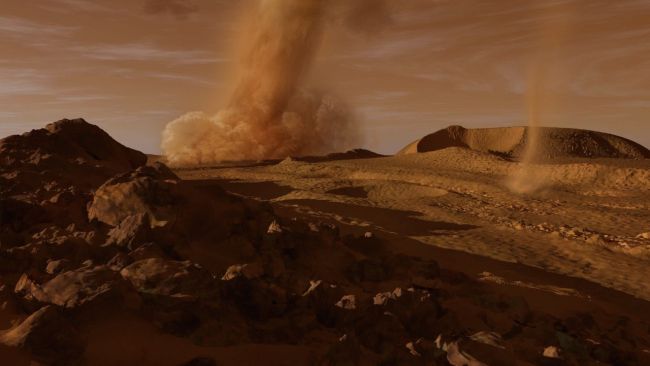
- The North polar basin, which covers about 40% of the entire surface area of Mars, is arguably the largest impact crater in the Solar System. If this theory is correct, then Mars once collided with a celestial body the size of Pluto. Quite a frightening fact.
- There are active geysers at the South pole of the red planet.
- The brown-red color of the Martian soil is due to the presence of a large number of iron oxide hydrates in it. But research has already confirmed that it is suitable for farming and plants growing.
- The moons of Mars, Phobos, and Deimos are probably asteroids that were once captured by Martian gravity. They have an irregular shape and look like potatoes.
- About 65% of all spacecraft ever sent to Mars did not reach it for various reasons. Most of them failed during the landing.
- The largest river on the red planet is “Curiosity”, delivered there in 2012. It weighs 1982 pounds (899 kg), has a speed of up to 2.5 mph (4 kph), and has a length of 9.8 feet (3.1 meters) long.
- “Curiosity” rover discovered organic molecules on Mars while drilling rocks in 2014. This may be a shred of evidence that life existed there once. The bacteria may still be there, judging by the methane bursts in the Martian atmosphere.
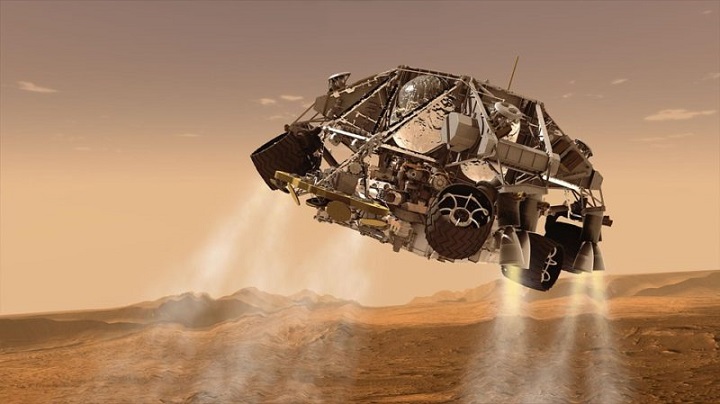
- The sky on Mars looks not blue, but yellow-orange.
- The Sun looks one-third smaller from the Martian surface than it does from the Earth.
- The Martian planetary crust is different from the Earth’s. It is solid, and not consisting of separate plates.
- The clearest photos of Mars were taken by the Hubble orbiting telescope. They are even better than photos taken from the orbit of the Red Planet since Hubble’s optics are much more powerful than those that can be installed on a spacecraft.
- Under the most favorable conditions, the flight from Earth to Mars will take about 2.5 months in one direction, if the launch is carried out in a parabolic orbit.
- The moons of the red planet, Phobos and Deimos, were named after the sons of the God of war Ares (Mars), and their names are translated from ancient Greek as “Fear” and “Horror”.
- Martian sunsets turn the sky blue. This is due to the composition and density of the local atmosphere.
- 6 satellites were operating in orbit around the red planet in 2020. Two of them were launched by ESA (European Space Agency), three more by NASA (USA), and one more by India.
- The core of Earth consists of two layers, solid and liquid, and both of them rotate in opposite directions. The core of Mars is most likely solid, and it doesn’t rotate at all.
- Mars is almost 8 times further away from us at the farthest point of the orbit than at the closest one.
- The volume of Mars is about 6 times less than the volume of Earth.
- 20-30% of the Martian atmosphere freezes and falls to the surface as precipitation in winter.
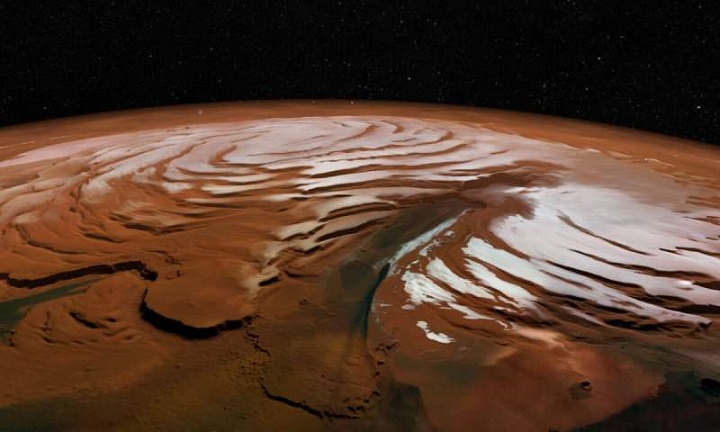
- During particularly powerful dust storms that cover a large part of the Martian surface, the planet looks like a muddy red spot on which it is impossible to see anything at all.
- A man wouldn’t have survived without a spacesuit on Mars not only because of the composition of the atmosphere but also because of the low pressure. At this pressure, the oxygen in the blood would simply turn into gas bubbles.
- Mars has no ozone layer to protect its surface from solar radiation.
- So-called Martian canals are canyons and dried-up riverbeds of ancient rivers that once existed here.
- Mars’ moon Phobos rotates around it three times faster than the planet itself rotates around its axis.


